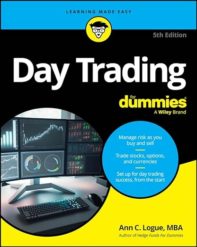College is expensive, yes, but the financial aid at some schools is incredibly generous. It’s tough for a family to figure out whether a particular college is affordable or not.
Many colleges quote a high tuition price, but then you look into the data and find out that hardly anyone pays that. The US Department of Eduction just released data on list prices (before room and board) and net prices for American colleges; the net price is the average price that a student pays after grant and scholarship aid but before student loans. The greater the difference, the more generous the financial aid program.
The most expensive college in the country on a list-price basis is Landmark College in Vermont, a two-year college for people with learning disabilities. The idea is that students learn strategies that work for them there, then transfer to a traditional college. The list price is $48,000, but the net price is $37,716, with 62 percent of students receiving financial aid.
The three most expensive schools on a net basis are for-profit schools: Pacific College of Oriental Medicine – New York; West Coast University; and Full Sail University. The cheapest college in the country is Berea College, which is free; it only accepts students who can qualify for Pell Grants.
The data shows that colleges that people think of as expensive can be quite cheap. The net price at Harvard University is $16,459, less than half the list price of $38,415. Compare that to the net price at the University of Illinois at Urbana-Champaign, which is $15,024.
In other words, families who are likely to qualify for financial aid are likely to find that there are more affordable colleges out there than they realize. It takes some research, though, to figure out which is which, and no one knows for sure what the cost will be until financial aid decision letters are mailed.
Finally, not everyone knows about the widespread availability of financial aid. I talk to many people who seem to think that the options are community college or borrowing $50,000 a year, with absolutely nothing in between. The irony is that the people most likely to receive financial aid are the least likely to understand how it works. By all means, if you know students who are likely to do well in college, tell them about this! Help them out! If they would like living in a rural area, get them to apply to Berea! Don’t expect their high schools to do the work – guidance counselors are stretched thin these days.


